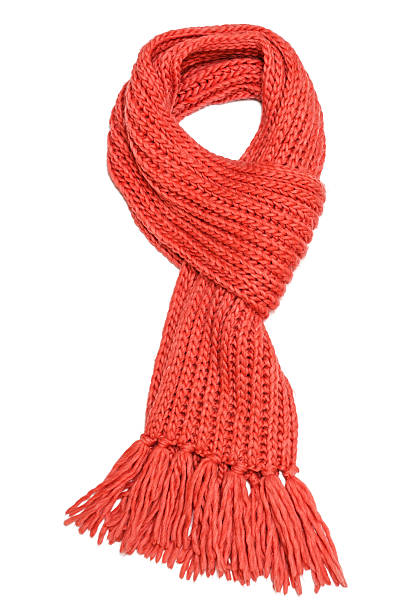Warmest Hoodies for Winter: Complete Guide to Winter Hoodies
Winter hoodies have evolved far beyond basic sweatshirts, becoming essential cold-weather gear that combines comfort with serious warmth. Modern winter hoodies feature advanced insulation technologies, weather-resistant materials, and thoughtful design elements that make them suitable for everything from casual outdoor activities to extreme cold conditions. Understanding the key features that distinguish truly warm hoodies from regular ones can help you make an informed choice for your winter wardrobe needs.

What Makes the Warmest Hoodies Different
The warmest hoodies incorporate specialized materials and construction techniques that set them apart from standard sweatshirts. Premium winter hoodies typically feature fleece-lined interiors, wind-resistant outer shells, and strategic insulation placement. Many utilize synthetic insulation materials like Thinsulate or PrimaLoft, which provide excellent warmth-to-weight ratios while maintaining breathability. The hood design itself plays a crucial role, with the best winter hoodies featuring adjustable drawstrings, reinforced construction, and sometimes even detachable fur or fleece linings for extra protection.
Winter Hoodies for Different Weather Conditions
Winter hoodies are designed to handle various cold-weather scenarios, from mild autumn chills to harsh winter storms. Lightweight winter hoodies work well for temperatures between 40-60°F, featuring moisture-wicking materials and moderate insulation. Mid-weight options handle temperatures from 20-40°F with enhanced insulation and wind-resistant features. Heavy-duty winter hoodies are engineered for extreme conditions below 20°F, incorporating multiple insulation layers, waterproof materials, and extended coverage areas.
Essential Features in Winter Hoodies for Men and Women
Modern winter hoodies incorporate gender-specific design elements while maintaining core warmth features. Men’s winter hoodies often feature broader shoulder construction, longer torso lengths, and reinforced stress points for durability. Women’s winter hoodies typically include fitted silhouettes, shorter hem lengths, and strategically placed insulation that accounts for different body heat distribution patterns. Both styles benefit from features like thumb holes in sleeves, internal media pockets, and adjustable waist cords for customized fit and heat retention.
Material Technologies in Warmest Hoodies
The warmest hoodies utilize advanced fabric technologies that maximize thermal efficiency while maintaining comfort. Merino wool blends offer natural temperature regulation and odor resistance, making them ideal for extended wear. Synthetic fleece materials like Polartec provide excellent insulation even when wet, while maintaining quick-drying properties. Many premium hoodies combine multiple materials, using wind-resistant shells with soft fleece linings, creating versatile garments suitable for varying activity levels and weather conditions.
Sizing and Fit Considerations for Winter Hoodies
Proper fit significantly impacts the warmth and functionality of winter hoodies. The best approach involves choosing a size that allows for layering underneath while maintaining freedom of movement. Winter hoodies should fit comfortably over base layers and light mid-layers without being overly baggy, which can reduce thermal efficiency. Pay attention to sleeve length, ensuring cuffs extend past wrist bones when arms are extended, and verify that the hood provides adequate coverage without obstructing peripheral vision.
| Product Type | Provider | Key Features | Cost Estimation |
|---|---|---|---|
| Fleece-Lined Hoodie | Patagonia | Recycled materials, lifetime warranty | $80-$150 |
| Insulated Winter Hoodie | The North Face | Synthetic insulation, water-resistant | $120-$200 |
| Merino Wool Hoodie | Smartwool | Natural temperature regulation | $100-$180 |
| Technical Winter Hoodie | Arc’teryx | Advanced materials, extreme weather | $200-$350 |
| Budget Winter Hoodie | Champion/Hanes | Basic insulation, affordable | $25-$60 |
Prices, rates, or cost estimates mentioned in this article are based on the latest available information but may change over time. Independent research is advised before making financial decisions.
Care and Maintenance of Winter Hoodies
Proper care extends the life and performance of winter hoodies significantly. Most synthetic materials can be machine washed in cold water with gentle detergents, while wool blends may require special wool-safe cleaners. Avoid fabric softeners, which can reduce the effectiveness of moisture-wicking and insulation properties. Air drying is generally recommended, though some synthetic materials can handle low-heat tumble drying. Regular maintenance includes checking zippers, drawstrings, and seams for wear, and treating any water-resistant coatings as recommended by manufacturers.
Selecting the right winter hoodie involves balancing warmth requirements, activity levels, and personal style preferences. The warmest hoodies combine thoughtful design with advanced materials to create versatile cold-weather garments suitable for various winter activities. Whether you need lightweight protection for mild weather or heavy-duty insulation for extreme conditions, understanding these key factors will help you choose a winter hoodie that provides reliable warmth and comfort throughout the cold season.




